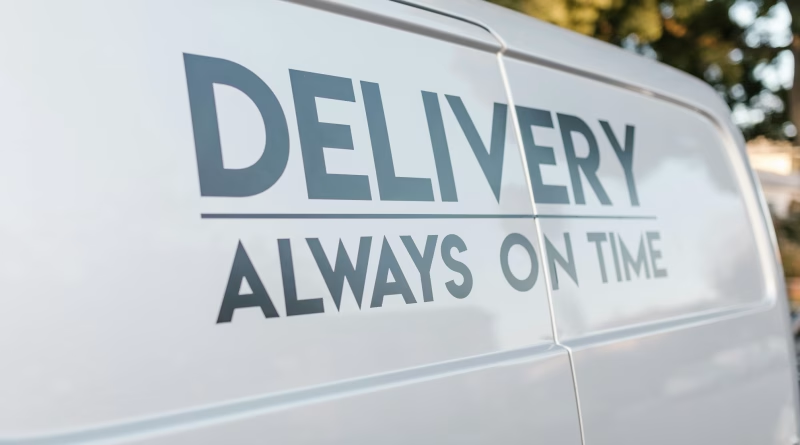Post-Mortem: Why “Quickly,” the 15-Minute Delivery Unicorn, Just Went Bust
Just 18 months ago, they were the talk of the tech world. Their electric bikes buzzed through every major city, their app was on every millennial’s phone, and their brand promised a future of instant gratification. Quickly, the 15-minute grocery delivery startup, had raised over a billion dollars from top-tier VCs and was hailed as the future of urban commerce.
Today, its app is dark. Its “dark stores” are shuttered. Its riders are looking for new jobs. The unicorn that promised to deliver anything in minutes has vanished in a matter of weeks.
How did a company so flush with cash and so beloved by its users collapse so spectacularly? The story of Quickly is more than just another startup failure; it’s a cautionary tale about the end of an era and a brutal lesson in the unsexy but essential laws of business.
The Promise: The Frictionless Future
Quickly’s vision was intoxicating. It wasn’t just about delivering a pint of ice cream or a bottle of wine. It was about eliminating the need for planning. It was about making consumption so seamless, so frictionless, that the distance between desire and delivery was a mere 15 minutes. This was the vision that attracted a mountain of venture capital from investors who believed they were backing the next Amazon.
The Autopsy: What Really Killed Quickly?
The company’s rapid ascent was matched only by the speed of its collapse. While market conditions played a role, the seeds of its destruction were planted in its business model from day one.
1. The Unit Economics Were Never Real This was the fatal flaw. For every $20 order a customer placed, Quickly was spending an estimated $27 to fulfill it. The costs of leasing and stocking dozens of mini-warehouses (“dark stores”), paying a fleet of delivery riders, and marketing aggressively were astronomical. They were, in essence, selling a dollar for eighty cents and hoping to make it up in volume. This business model doesn’t work unless you can dramatically raise prices or cut costs later—something Quickly never managed to do.
2. An Addiction to “Growth at Any Cost” Quickly was a child of the “free money” era of the early 2020s. Fueled by venture capital, its only mandate was to grow as fast as possible. It launched in dozens of cities before ever proving it could be profitable in one. The goal was to capture the market, blitz the competition, and worry about profits later. This strategy works only as long as the funding taps stay open.
3. A Business With No “Moat” What was Quickly’s defensible advantage? It wasn’t proprietary technology; its app was easily replicated. It wasn’t an exclusive network; competitors could open their own dark stores across the street. The only “moat” Quickly had was the sheer amount of money it was willing to lose to acquire a customer. When dozens of well-funded clones appeared, it created a brutal race to the bottom, with everyone subsidizing deliveries and bleeding cash.
4. The Market Finally Turned The final nail in the coffin was the macroeconomic shift. As interest rates rose, investors were no longer willing to fund unprofitable companies with no clear path to sustainability. The “growth at any cost” narrative died, and the era of demanding profitability began. When Quickly went back to its investors for another round of funding to cover its massive losses, the answer, for the first time, was no. With no money left to pay for the next order, the entire system ground to a halt.
The story of Quickly is a stark reminder that hype is not a business model. A cool product and happy customers are meaningless if the underlying math doesn’t work. In the new, more sober tech landscape, the startups that survive won’t be the ones that grow the fastest, but the ones that build a resilient, profitable, and sustainable business from the very beginning.




